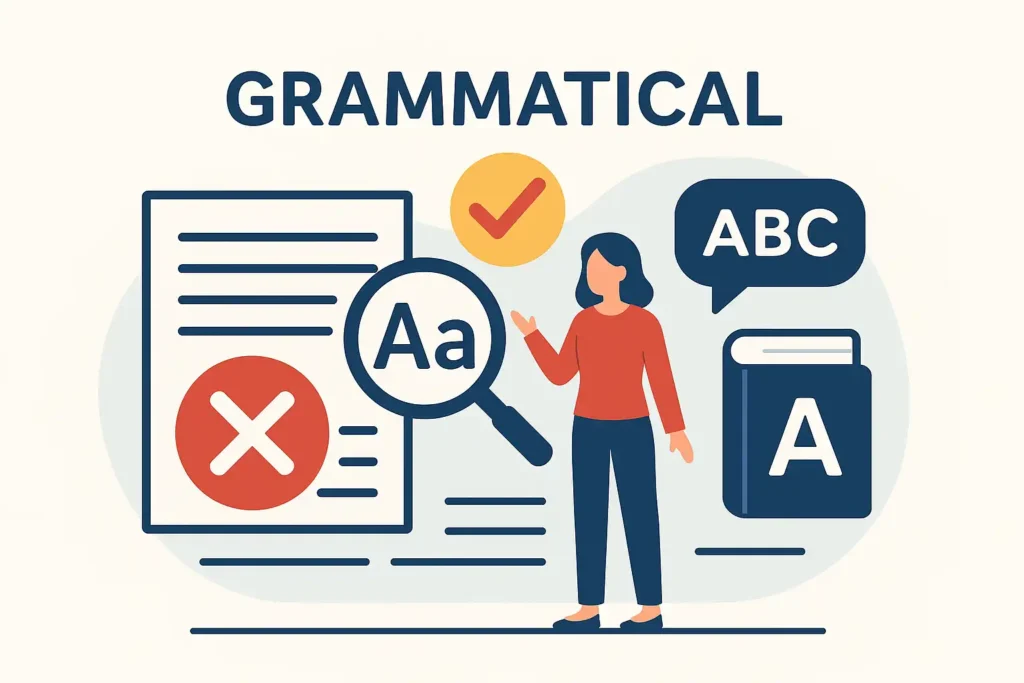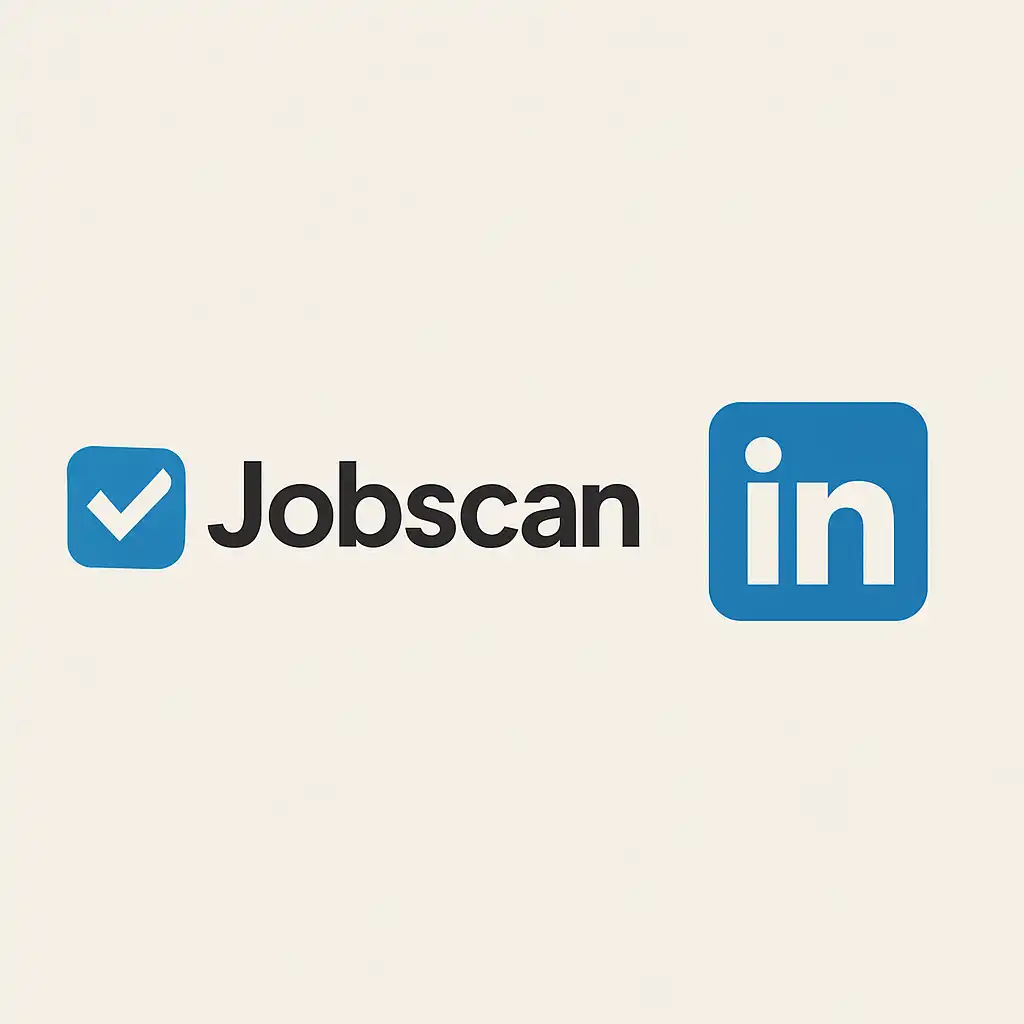Writing a resume for China or translating your Chinese resume for overseas jobs?
why Chinese resumes work differently from Western ones, and what you can do to write a resume that truly connects with employers in China—or if you’re a Chinese professional applying abroad, how to make sure your translated resume actually lands.
You’ll learn:
- Why literal translation fails and what to do instead
- How grammar, culture, and formatting impact your resume
- What global employers really look for in Chinese candidates
- The must-know resume norms in China (and how they differ from Western ones)
- Real examples and a sample resume for China you can use
Table of Contents
- Why English Resumes Often Fall Flat in Global Job Markets
- 1. Grammatical Gaps & Missing Context
- 2. Cultural Expectations Matter
- 3. Not All Translations Are Equal
- 4. Forgetting the Robots: ATS Filters
- 5. One Resume Doesn’t Fit All
- 6. The Source Resume Matters
- 7. Job Titles Need Adjusting
- 8. Actions vs. Achievements
- 9. Missing Keywords = Missed Chances
- 10. No Career Story
- Writing a Resume for a Chinese Employer? Here’s What to Know
Why English Resumes Often Fall Flat in Global Job Markets
A lot of talented professionals in China use resume translations to apply for jobs abroad. But a straight translation often backfires. Why?
Because a resume isn’t just a document—it’s your personal pitch.
When translated word-for-word from Chinese to English, resumes often sound vague, awkward, or overly formal. They miss key context, use job titles that don’t match international standards, and skip over what global employers actually care about: clear, confident results.
Let’s break down the common problems and what to do instead.
1. Grammatical Gaps & Missing Context

Chinese resumes often lack specific time markers, which creates grammatical gaps when translating into English.
- Was the task ongoing or finished?
- Did it involve one project or ten?
- How big was the impact?
❌ Example: “Handled client relations, improved workflow”
✅ Better: “Managed ongoing client relationships and redesigned workflows, reducing delays by 20%”
Tip: Be specific, and add back in what English needs to be clear.
2. Cultural Expectations Matter
Formatting a Chinese resume for overseas applications requires more than just switching languages—it demands a full rewrite to reflect cultural differences in resumes.Also:
- Don’t include age, marital status, or a photo (unless you’re sure the country allows it)
- Skip flowery idioms—they often don’t translate well
✅ Better phrasing: “Worked under pressure with cross-functional teams to deliver on deadlines.”

3. Why Literal Translation Isn’t Enough for a Resume for China
Bilingual doesn’t mean expert.
Even the best language tools or friends can miss the deeper stuff: tone, flow, and what recruiters are really scanning for. A good resume translation is really a rewrite, designed to fit the style and expectations of your target audience.
For example:
- 项目专员 → Should it be “Project Specialist”? “Coordinator”? Depends on scope, team size, and company culture.
✅ Tip: Work with a professional resume translator who knows both worlds—language and job market norms. You may even need to localize your resume, not just translate it.
4. Resume for China Must Pass ATS Filters Too

Most big companies now use Applicant Tracking Systems (ATS) to filter resumes—for both international and job applications in China. If your resume isn’t formatted properly or lacks the right keywords, it may never even reach a human.
✅ Tip: Look closely at the job ad. Use its exact wording whenever possible. If it says “cross-functional collaboration,” use that phrase—not a synonym.
✅ Tip: Look closely at the job ad. Use its exact wording whenever possible. If it says “cross-functional collaboration,” use that phrase—not a synonym. Tools like Jobscan’s ATS keyword matcher can help you check how well your resume matches the job description.
5. One Resume Doesn’t Fit All
In China, one resume may be used for dozens of job applications. But internationally? Recruiters expect you to tailor it every time.
Different countries = different styles:
| 🌍 Country | 🇬🇧 UK / 🇦🇺 Australia | 🇺🇸 USA | 🇩🇪 Germany | 🇯🇵 Japan |
|---|
| Style | Brief, factual, results-focused | Bold summary at the top, strong achievements | Detailed, formal, structured | Structured, often handwritten (or hand-written style) |
| Length | 1–2 pages | 1–2 pages | 2+ pages common | Two documents: 1–2 pages each (Rirekisho + Shokumu Keirekisho) |
| Format | Simple layout, clean design | Highlights at top: summary + bullet points | Clear sections with exact dates, formal tone | Standardized forms, often handwritten or simulated handwritten |
| Focus | Responsibilities + quantifiable results | Achievements, action verbs, awards, leadership | Project history, education, credentials | Loyalty, team spirit, willingness to stay long-term |
| Tone | Neutral and professional | Confident and promotional | Formal and precise | Humble and respectful, uses honorifics |
| Order | Reverse chronological (most recent first) | Reverse chronological | Reverse chronological | Often chronological (earliest first) |
| Preferred Format | Word or PDF | PDF (preferred) | PDF with attachments | Printed forms with photo and signature |
| Extras | No photo needed | No photo (unless asked) | Certificates, transcripts, references often included | Photo, stamp/seal, certificates, references included |
✅ Tip: Match the tone and format of the job market you’re targeting. This is essential when you tailor your resume for global roles, especially across China, the US, and Europe.
6. Your Chinese Resume Matters—Build the Right Resume for China First
If your original resume is weak—vague, repetitive, or missing numbers—then your resume for China (or for international use) won’t stand out, no matter how well it’s translated.
✅ Tip: First, clean up your Chinese resume. Then translate your Chinese resume carefully to make it stand out across borders.
. Make sure each bullet:
- Uses action verbs
- Includes measurable results
- Tells a clear career story
7. Job Titles Need Adjusting

A key part of translating resumes to English involves researching and matching job titles that align with global resume standards.
For example, “Manager” in China might mean something very different in Canada or Germany.
✅ Tip: Use LinkedIn to research similar roles and titles internationally.
8. Actions vs. Achievements
Saying “responsible for something” doesn’t mean you were good at it.
❌ “In charge of sales”
✅ “Increased monthly sales by 18% by optimizing the client pipeline”
Show impact. That’s what stands out.
9. Missing Keywords = Missed Chances
Recruiters and ATS systems look for exact words.
✅ Tip: Use tools like Jobscan or LinkedIn job listings to match the vocabulary of your target roles.

10. No Career Story
Start your resume with a short summary—this is your elevator pitch.
✅ Example:
“Bilingual finance analyst with 6+ years of experience in APAC markets, seeking international roles focused on budgeting and forecasting. Fluent in Mandarin and English.”
Writing a Resume for a Chinese Employer? Here’s What to Know
If you’re writing a resume for Chinese companies, reverse the logic. Chinese resumes have their own style. Here’s what matters:
- Include personal details: Full name, gender, birthdate, phone, email, photo (optional but often included)
- Career Objective: One line is enough—clearly state the position you want
- Education first: Especially if you’re early in your career
- Work Experience: Focus on duties and results, use bullet points
- Keep the tone formal: Be modest, but show concrete results
- When writing a resume for the Chinese job market, keep in mind that local resume norms include adding gender, photo, and using Simplified Chinese fonts like 宋体.
Whether you’re translating or rewriting, a well-crafted resume for China can be your ticket to global opportunities—if done right.
Translating or tailoring a resume for China—or turning your Chinese CV into a compelling global application—isn’t just about language. It’s about storytelling, cultural fluency, and formatting that meets both human and machine expectations. Whether you’re trying to pass an ATS resume filter, match global job titles, or adapt to different Chinese resume norms, the details matter.
The good news? You don’t have to do it alone.
If you want a polished, professional resume that works across borders—whether for Chinese employers or international roles—we’re here to help. Our team understands the cultural and linguistic nuances of resume translation, and we’ve helped hundreds of professionals land interviews worldwide.
Get in touch to see how we can support your job search with a resume that truly speaks to your target market.
